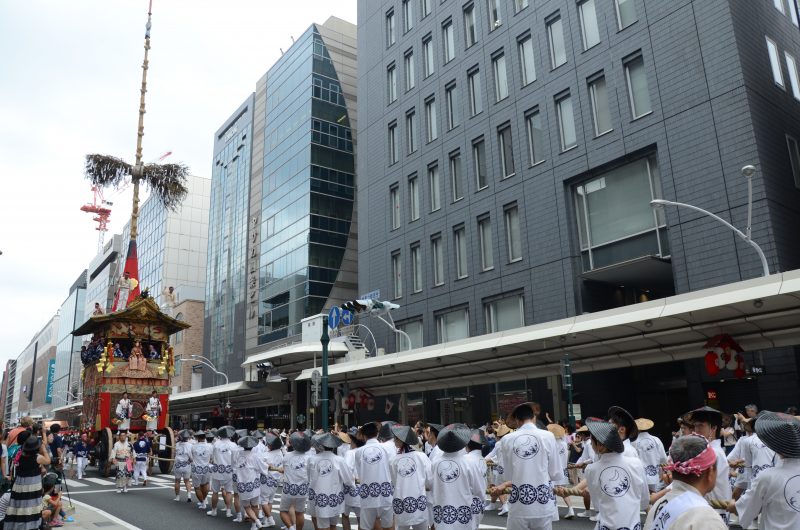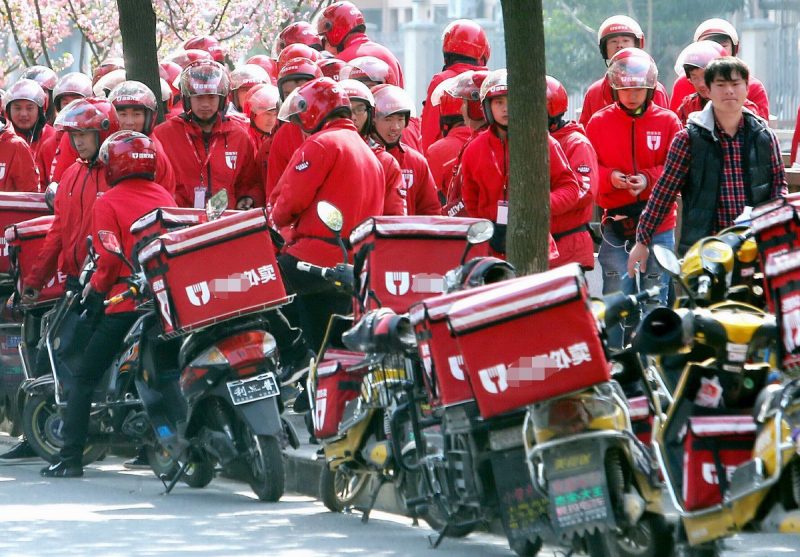3 unknown things
Posted on December 19, 2017I slept a lot these days, after this long semester finally ended. Overwhelmed by information, culture shock, emotional moments and many unexpected frustrations, I felt these four months seemed so long. Compared to all these factors, the most disappointing thing I learned is the fact that I basically know nothing about the world. The “unknown unknown” became “known unknown” to me, and I feel a sense of deep sadness because of it.
Sometimes I really wish I could know less about the world and I might be happier than now. Nevertheless something inside of me is so eager to explore the unknown. I gradually realized, I am an adventurer. Like those who live in fairytales, I am designated to leave the secure zone, facing all the difficulties and never stopping moving forward. I am chosen, as well as cursed.
In the last blog post for this class, I am going to talk about 3 things I learned in this semester that made me feel the most uncomfortable—they are the precious treasures I found on this journey. All these ideas are rough and more like emerging inspirations in my mind, I may explore it further in the coming 3 semesters.
Nation, Culture, Me
There have been many times that I noticed I am like an empty jar, feeling a strong sense of lacking an important part that others have. This lacking part has some relationship with my “cold blood” – I seldom have nostalgic sentiment towards my hometown. Once a friend asked me, “You are always outside of Beijing. Don’t you feel a sense of groundlessness?” Honestly, I almost never have that feeling, Instead, I always find there is something missing between me and my hometown, my country and my race.
After I came here and met many people from all over the world, after having heard many stories and special rituals between them and their family, I found the thing that I had been looking for was culture — the culture that embodied in everyday life. Ironically, my country is famous for its long history and rich culture. According to my previous perception, Chinese culture are the beautiful Chinese literature, the elegant crafts, all the festivals and celebrations and I felt proud of these priceless legacies. However, now I realize they are all detached from my life, far away from my everyday experience. This conflict makes me consider there probably are many different forms of cultural expression.
I luckily ran into two traditional celebrations this year, one in Hong Kong and another in Kyoto, Japan. People there were all excited about the event and woke up early to get a good spot for watching the ceremony. I was shocked by these scenes, not only by the event itself, but more by people. I felt a strong power within these people, it was culture that bound them together. This is exact the thing that I am so eager to have: the feeling of belonging to a culture but not only to a country.

A picture I took during “Gion Matsuri” in Kyoto
I also realized there exists a gap between the present and the past in China and this gap caused the discontinuity of culture. Many things in modern history of China are the main causes of this phenomena. Is it possible to remedy the missing culture in Chinese everyday life? Actually I have to do more research about this topic for my background is kind of different from many other Chinese, however the emergence of these questions are already very valuable for me.
Learning widely or reinforcing the existing mindset
In this semester everyone was bombarded by a lot of information. It looks like we all have learned a lot. However, I recently noticed the ways we “install” this knowledge vary thus it works differently in our brain: some helps us to build new understanding of the world while some reinforces our existing mindset.
The most valuable thing I learned in this semester is the concept of “scale of intervention”- the ability of a designer to zoom in and zoom out a system in order to see how it works from different levels. Sometimes I feel I began to use this way to analyze problems long time ago without noticing how it worked, but now I can see the structure of my logic becomes clear and no longer ambiguous.
After being aware of this fact, I became critical about what I have learned. What parts are the “new” things I absorbed from this semester? What parts reinforced my existing thoughts? Probably these two parts are equally important for me, for everyone who is studying. It’s necessary for us to know ourselves well, to listen to the whispers inside of heart as well as to grab new information, to learn how other people say about the world.
I consider the process of studying as growing a tree. Some knowledge forms the roots and trunk, they are the foundations of a tree that uphold the whole creature. Some forms the leaves, they are reaching out, extending to the larger area. This metaphor sounds quite like the famous “T-shape” people theory but in a different context.
Future in discourse, future in reality
One of the biggest changes that has hugely influenced people’s lives in China is the rising of takeaway industry, which has reshaped our eating behaviors, the business mode of many restaurants and has generated a new job – takeaway delivery man. Nevertheless, the sales of instant noodle have suffered from an enormous decrease as the result of the glory of takeaway industry. The entire instant noodle industry urgently needs to make some changes in order to survive. This question came to my mind when I first discovered the crisis of instant noodle industry: Several years ago when, people in this industry were discussing their future, did they foresee the threat of takeaway industry?

takeaway delivery men
This year I have been in two events where people talked about the future of their industry, one is industrial design in China and another is UX design in the US. Interestingly, I found people were depicting totally different images but both of these two were vibrant and full of opportunities. They were discussing how the industry is going to be changed by the most advanced technologies, new business trends and rising opportunities. Being a newcomer to both these two industries, I observed something interesting in these two panel discussions: they were talking about a future without other industries. Even UI/UX design had attracted many industrial design students, this industry still had never appeared in their discourse. Do these highly closed discussions really work? Or they are just creating beautiful pictures about a future that makes people confident about their career choice?
What will happen if these two cohorts have a discourse about the future together? Can they have a more holistic perspective? Many people told me, Transdisciplinary design exists in future but not the present. How this discipline shows up in the images of future? Speculating the future is doubtless necessary and helpful for many entities – from small as an individual to large as a country. However many “futures” are full of bias and are delineated based on wrong assumptions. How might people foresee the future in a more objective way and get real benefits from these images? It is another interesting question.
TQ